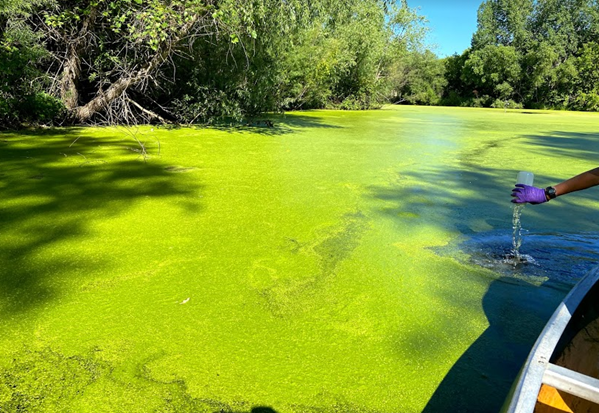
New research offers cost-effective methods that local governments can use to prevent harmful phosphorus from being released into Minnesota lakes and streams.
Rainwater washing over streets and other areas picks up pollutants that are harmful to water quality. Thousands of stormwater retentions ponds, including some in parks and other community settings, are designed to trap these pollutants in sediment to prevent them from overflowing into lakes and streams.
After high concentrations and releases of phosphorus—the culprit of toxic algae blooms—were found in some older or failing ponds, the Local Road Research Board worked with researchers to mitigate sediment phosphorus release. Dredging and disposing of contaminated sediment, which is the traditional response, can be too costly and logistically challenging.
Using modeling, field measurements and data analysis, researchers discovered that treating the sediment with alum or iron filings, installing air diffusers for mechanical aeration, or sometimes using both practices are successful, cost-effective methods for preventing the release of excess phosphorus into Minnesota’s waterways.